Medevac Aircraft - I flew C-9’s at Scott AFB from 1974-1978, eventually as an IP. Asked for the aircraft out of UPT was fortunate enough to get it as a first assignment. The pilots, medical crews and flight mechanics were wonderful people to work with and extremely professional – I thoroughly enjoyed the assignment.
I flew on the C-9A from 1973-1976 as a Med Tech. accumulated over 2000 hrs. My most memorable flight was “Operation Homecoming”. someone mention flying Supreme Court Justice, William O Douglas. I was on that flight.
Medevac Aircraft
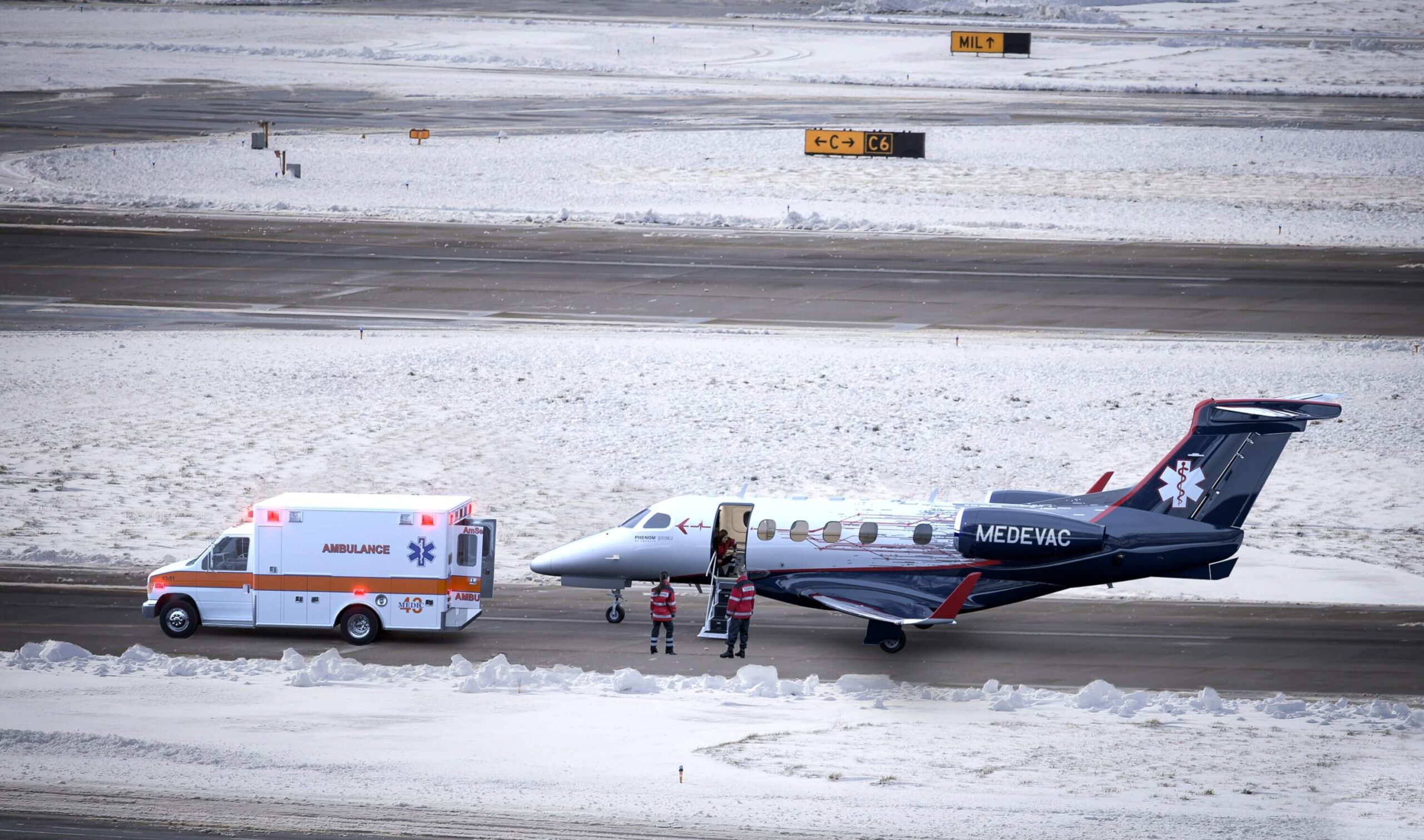
I have also seen this bird fly at 40,000 ft. It was a flight out of Puerto Rico to Andrews. I was on a flight that ended up like the milk run. Capodichino Naples, Italy, to Northern Italy, then somewhere I think Germany, back to italy, then Libya Africa, then Landstuhl.
Hh-M Black Hawk Design And Features
Mom and I we civilians on a hop. Can’t find anything on that flight. Nurses were awesome to me. I was a 9 y / o navy brat with a navy mom who was English. Was a beautiful and very long flight.
The US Army awarded a contract for the delivery of 20 HH-60Ms and installation of auxiliary power unit kits in March 2008. The first production HH-60M MEDEVAC variant equipped with a dedicated clinical cabin was completed in August 2008. It was unveiled at the
National Guard Association of the United States conference held in Baltimore, Maryland, in September 2008. The US Army ordered 12 HH-60Ms in December 2008 and signed a contract option for a HH-60M helicopter in August 2009. The Vermont National Guard aviation Company C, 3rd Battalion, 126th Aviation Regiment fielded a total of 12 helicopters for medical evacuation missions.
in Iraq in November 2010. I flew as a medic from 1984 to 1987 at the 2nd Aeromedical Evacuation Squadron at Rhein Main AB, Germany. I truly enjoyed my assignment and flew with some of the best people in the Air Force.
Understanding International Medical Evacuation
The C-9 was a smooth, fun aircraft to fly one and I have very fond memories of my time on the C-9. My most cherished memory of my time in the USAF was when I was assigned to the 435th TAW at Rhein-Main Air Base and stood in the crowd and watched as the released 52 American hostages arrived at Rhein-Main and walked off the C-9A
Nightingales back to freedom. I chose to fly the C-9 after graduating from UPT in 1981. I enjoyed the mission AND the airplane so much. Scott AFB was a great place to start a family; great mission, great airplane, great fellow pilots and great commanders.
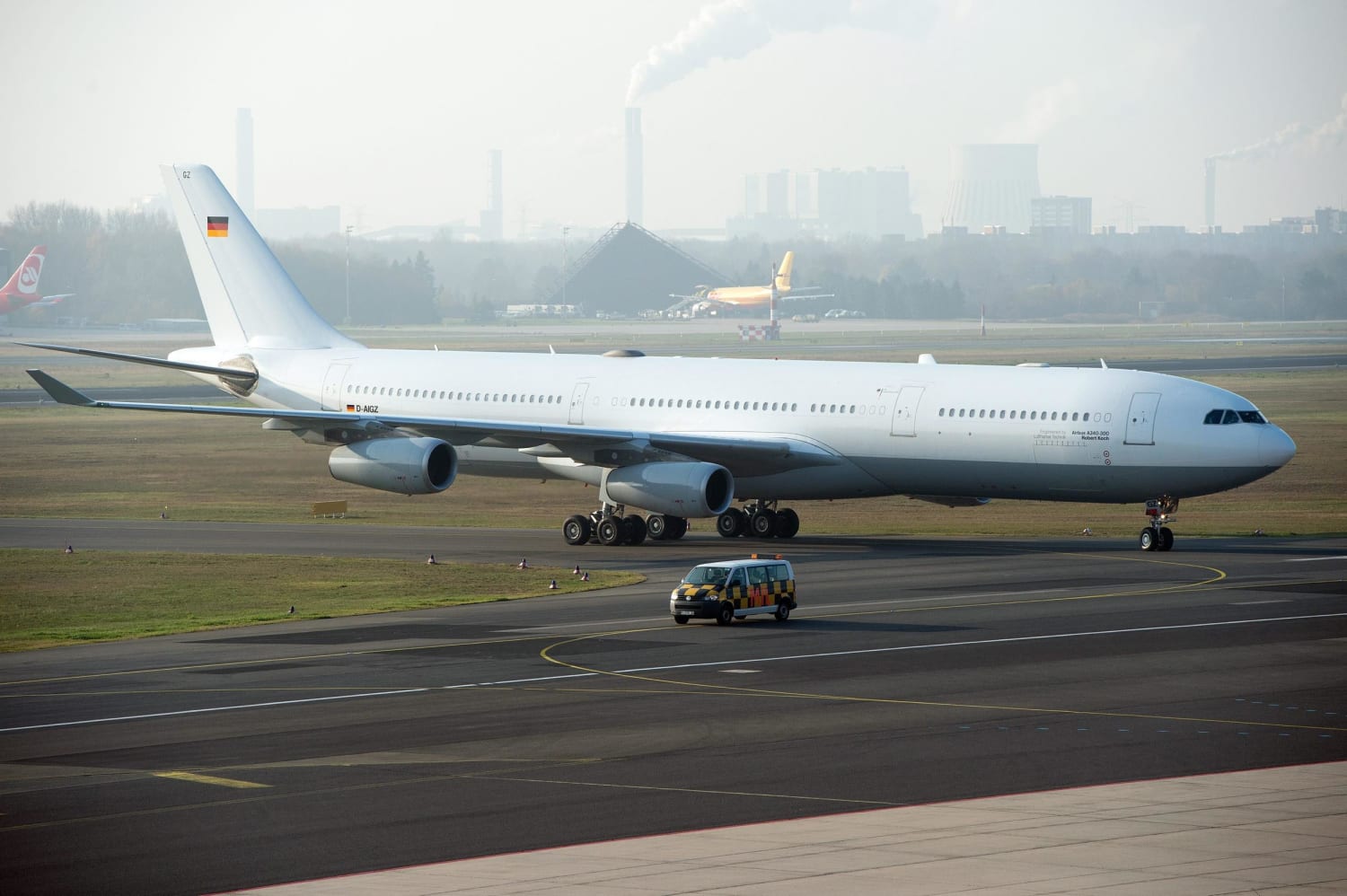
What memories! 22 2022 AirMed International, the premier air ambulance company and medical evacuation membership program. All rights reserved. The AirMed red shield logo is a federally registered trademark of AirMed International, LLC registered with the U.S.
Patent and Trademark Office. EEO / AA Employer / Vet / Disabled. I was at Fort Sam Houston TX when I got a hop on a C-9 to Fort Gordon Ga (Bush Field). I called my wife to meet me there, that it shouldn’t take more than a couple of hours.
Unparalleled Medical Evacuation Transportation Services
Left Kelly AFB at 1000 hrs. Arrived at destination at 2000 hrs. Stops in Galveston, Keesler, Birmingham, Redstone, Dobbins, Patrick, then to Augusta. The wife though we had vanished but I enjoyed the flight. That was in 1984 but I vividly recall that lengthy flight though my wife didn’t enjoy the wait.
The C9 is a beautifil plane and I am glad that I got to ride on one before they were mothballed. Helicopters have played an integral role in medevac services for several years and throughout the majority of the military involved conflicts.
In recent years, they have served as an important resource for civilian and humanitarian relief in repatriation, evacuation, and transport to hospitals and medical treatment facilities. According to the Association of Air Medical Services, there are at least 400,000 rotor-wing transports each year.
The C-9A Nightingale is a modified version of the McDonnell Douglas DC-9. It’s the only aircraft in the inventory specifically designed for the movement of litter and ambulatory patients. The C-9A’s airlift capability to carry 40 litter patients or 40 ambulatory and four litter patients, or combinations of those, provides the flexibility for AMC’s worldwide aeromedical evacuation role.
I spent quite a few days in the air evac system as a patient going to and from surgeries for my injuries. I loved flying on these aircraft. The crews and medical personnel were top notch.
You could alsways count on great care while in the air. God bless these men and women. They made these trips so much easier! Thanks! I was a medic on the C-9A from ’89 to ’91 out of Scott AFB, IL.
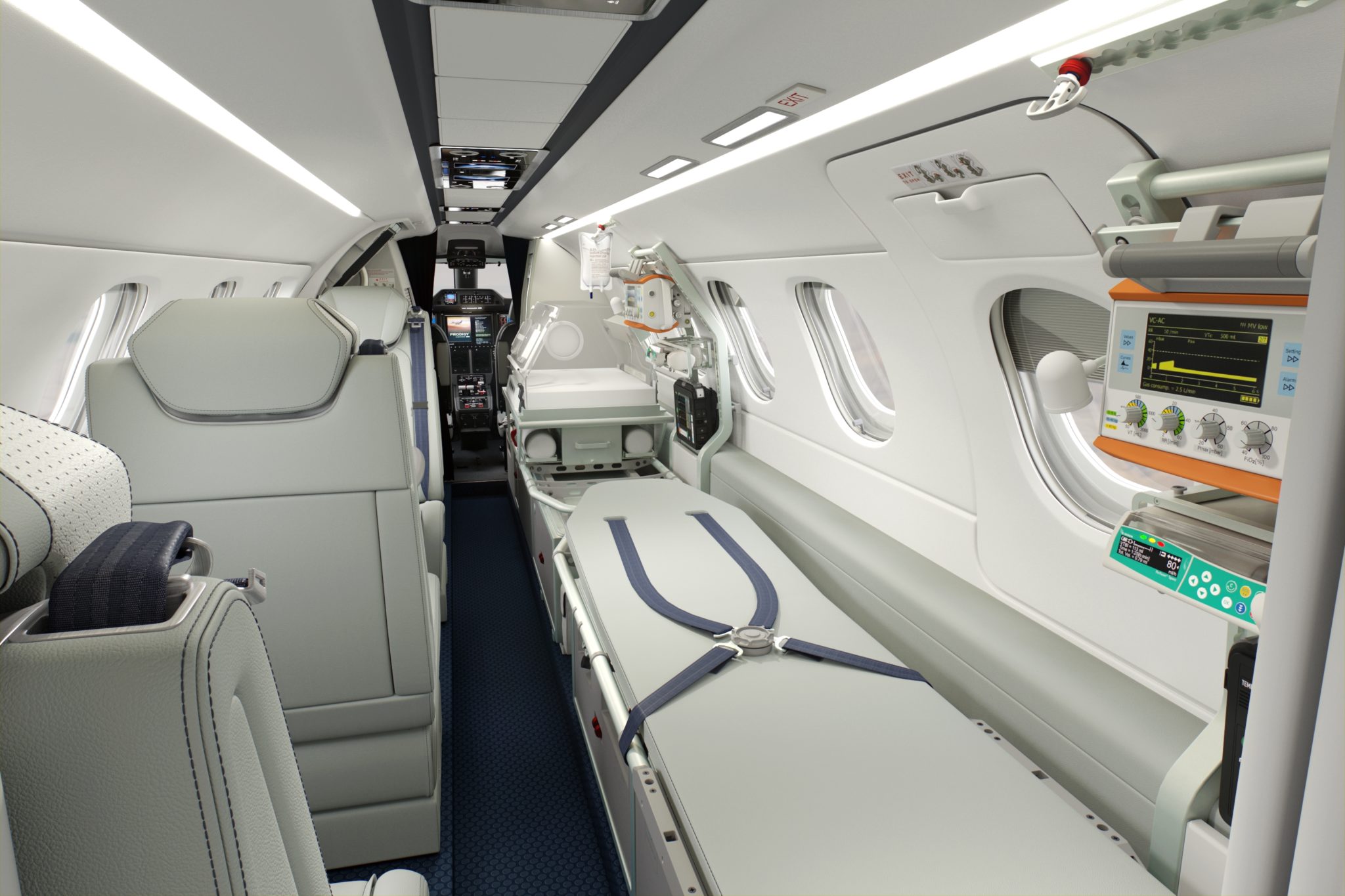
I had just over 2,000 hours the airframe as "backend crew." Best time ever taking care of our members from all of the services. I remember them allowing me to fly the plane at 30k feet while under “autopilot”… good times indeed.
I’d do it all over again…. 57th AES Scott AFB 82-87 Med Tech and line assigned FI, and like this guy above me, I agree, the best job in the Air Force, and we both had some fun working Special Equipment.
Also did a manning assistance TDY to the 2nd in Germany from Oct - Dec 83. The C-9 was a dream to work in. The crews, pilots, flight mechanics and medical crew were the best I ever worked with.
Still in touch with dozens of fellow crew members. I’ve seen a few names on here that I either flew with or heard about in Aeroevac “legends”. lol As a flight nurse with the USAFR 445 AW / AES out of Wright-Patterson AFB, I spent a two-week annual active duty assignment at Ramstein in the summer of 1994 or ’95.
I had the opportunity to fly as an observer in the C-9 on a scheduled medical evacuation down to Incirlik and back making numerous stops along the way e .even had the opportunity sit in the jump seat.
Coming into Incirlik, we had to abandon our first approach due to a truck on the runway. I recall the pilot asking me to spot aircraft as he pulled out of the pattern for a go-around.
To this day, we have a Turkish carpet in our dining room I bought in 'the alley' just off Incirlik AFB in our living room that I was able to bring home by storing it in the C-9's hold for the first part of the
journey. Today, as more people move around the world seeking jobs, visiting family and traveling to faraway destinations, the need for medevac or overseas emergency medical evacuation services has become indispensable. Because medevac flights are generally used for critical cases, patients and their families would want to hire reliable international medical evacuation transportation services.
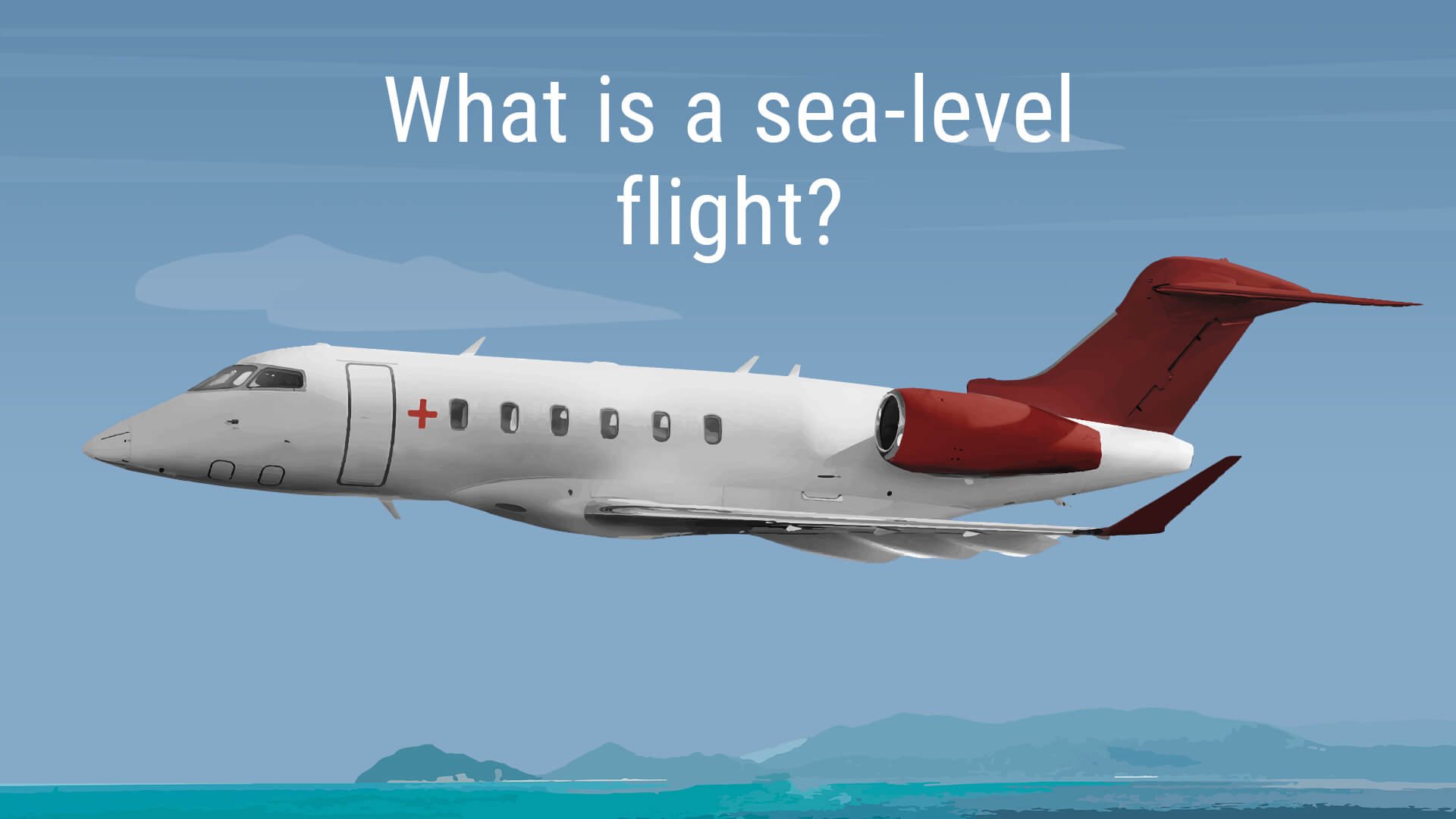
They require the highest level of safety, experience and accreditation which only an international service like AirMed can provide. I was stationed at Scott from March 1969 to Aug 1972. 1st Aeromedical Evacuation hospital. When I arrived the hospital was being commanded by reserves.
Over time the hospital was commanded by regular enlisted personnel. The C-9 was a daily occurrence as we transported patients by bus to the flight line. Carrying the wounded on litters up the ramp of the C-9.
I am now 70 and am amazed as I think back about the numbers of wounded we carried onto the C-9. Wish I could get into contact with some of the guys and nurses I worked with all those years.
I fondly remember the C-9A Nightengale while stationed at Andrews AFB from 88-92. I was assigned to the 10th Aeromedical Staging Flight where I did main administrative duties. One of my duties was to meet each flight on the flight line to receive report from the medical staff and to coordinate flights coming in from and going out to the various bases around the country for patient treatment.
I have always been proud of the small role I played and have happy memories of the personnel I had the honor to serve with. I was at Scott AFB from ’78 til ’83, worked in the Med Ctr.
Early on I was able to spend a few nights in ASF and on several Ambus runs to the flight line to assist with patient transfers. That was an adventure for me, plus a few hops to Andrews over the years.
This list is comprehensive of the most common aircraft utilized in medevac services and does not contain the listing of all helicopters used the world over. However, each of the aircraft cataloged has seen numerous test flights and has been utilized in medevac services for evacuation and ambulatory transport successfully and safely throughout the course of hundreds of missions.
The C-9A was a great aeromedical evacuation aircraft. I first qualified on it late summer 1969 while assigned to the 11th AAS at Scott AFB, Illinois. In the summer of 1970 I arrived at Rhein-Main AB, W. Germany, assigned to the 2nd AEGp, and would qualify on the C-9A again mid-summer 1972.
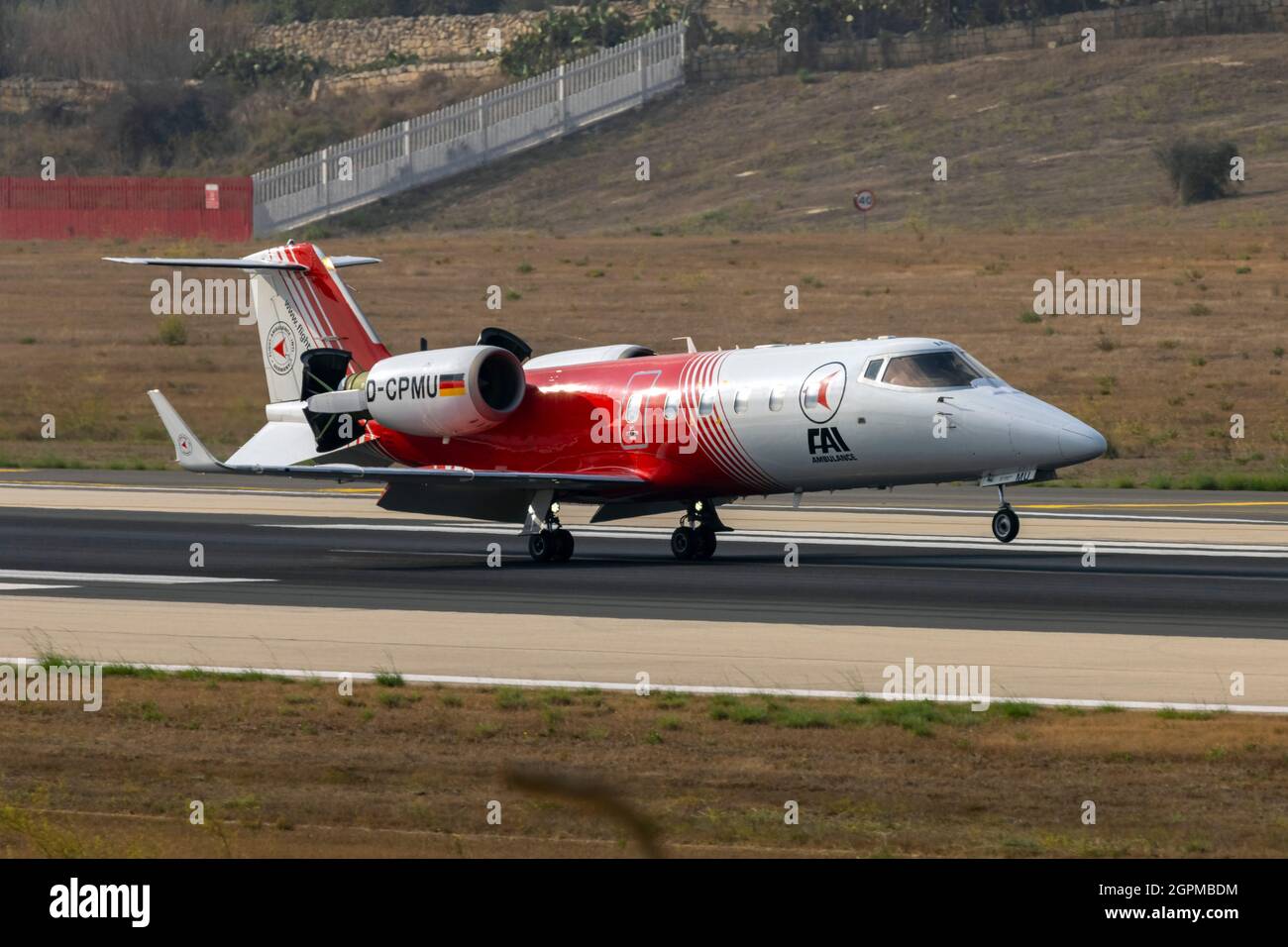
I was right there watching them come off the plane. My unit personnel were the AirEvac crew. Stood next to Senator Daniel Patrick Moynihan who was there to welcome some released persons from New York State.
Really nice guy. On a medevac flight, trained medical personnel, nurses, doctors or EMS and first responders will accompany the aircraft to the site of the incident or evacuation. The clinical team is responsible for on-site triage and treatment of the person or persons while the pilot is generally responsible for flying the aircraft.
In case of firefighting and evacuation from remote locations, the pilot will be EMS trained and capable and can assist if needed. Long time Greg… I also remember all those hours on 22583, 584, & 585. So long ago, They always got everyone home safe even with the Typhoons… 1500hrs on military airframes, then 2+ million frequent flyer miles, always felt better being
a crewmember then a passenger There is much debate within the emergency services community and with veteran pilots as to whether single or multi-engine helicopters are more proficient at implementing Medevac services. In truth, it’s largely dependent upon the type of mission the medevac is needed for and the room that the mission’s type requires.
Larger helicopters, which contain the most capacity for cargo and travelers require the use of more than one engine to effectively and successfully lift their payloads. The HH-60M helicopter is integrated with a medical evacuation mission equipment package (MEP) kit.
It provides aerial medical support and ambulatory patient transport services. The helicopter can be reconfigured to carry out missions including personnel transport, search and rescue, resupply, aerial reconnaissance, cargo transport, and wild fire suppression. The best & most rewarding job!
I was an Aerovac Tech from 1981-1990. I crewed over 5,500 hours on this airframe. Lived a lot of Air Force history on the C-9 and moved onto C130’s in Panama. While at Scott AFB I had the pleasure of flying on the C-9 in Europe in 1984. The people I flew with were family and it was my honor being part of the C-9 family !!
The following information regarding the Aviation Consumer Protection Division is provided to comply with 49 U.S.C. Section 42302. The DOT Aviation Consumer Protection Division’s contact information is as follows: Aviation Consumer Protection Division, C-75 U.S. Department of Transportation, 1200 New Jersey Avenue, SE.
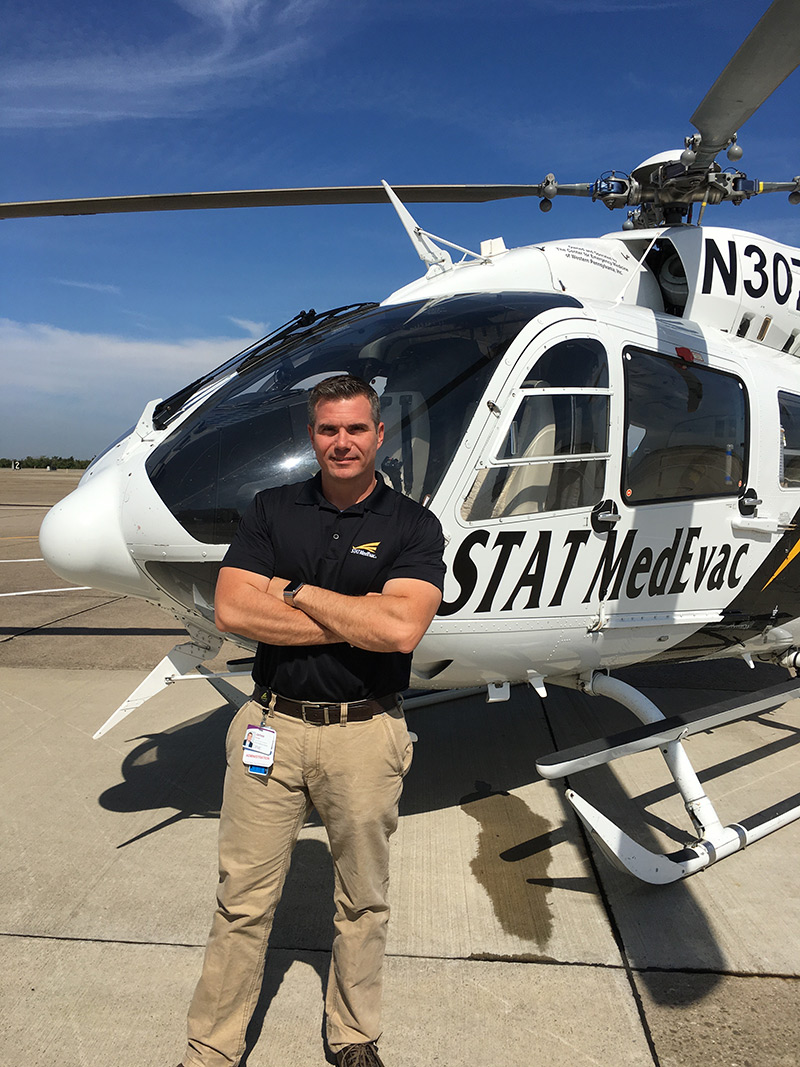
Washington, DC 20590 202-366-2220 (TTY 202-336-0511), 1-866-TELL-FAA (1-866-835-5322) I was a medical crew member on the C9A with the 57th AES out of Scott AFB from 1978 to ’86 with a couple years out for a remote assignment.
I ended up with just under 5000 hours, with many of them on 584. I loved these aircraft and can still run the pre-flight safety check in my head. This was an amazing time between April 1980 and April 1984. I was 19 years old and arriving to Clark airbase in the Philippines very confused but found many friends that have become long life time Aerovac comrades.
Bill Lloyd, Roy campbell, Steve Davis, Roger Bennett, MSgt Hussy, Wayne Everingham and so many others became the core of my life early in the Air Force. It was just friendship that propelled me through the rest of my Air Force career eventually flying out of Incerlik A.B.
turkey and Germany memories that will last a lifetime. I was assigned to 9th AEG based at Clark, AFB from January 1972 to March 1973. I was an RN / MCD on many missions throughout the western pacific.
I enjoyed flying on this plane and my female counterparts enjoyed the sign in the lavatory - PUSH TO FLUSH. It beats the C118’s Honey Buckets. Hello Mark, My father, Col. Kenneth S. Shepard, MD was a or perhaps the principal contributor to the design of the C-9 as a ‘hospital plane’.
A pediatrician / neonatologist and flight surgeon, he was at Travis AFB from 1965-1968 and realized the difficulty in medical flights from Vietnam, emergency service and transfer needs for service personnel and their families. He was transferred to Scott AFB in mid 1968 to complete the oversight and delivery of the C-9 during the changes of MAC / SAC as well, and prior to 1970 when he took command of the hospital at Blytheville in 1970. If he were alive
Today, I'd have been able to ask him about your father too! I was with the 11th AASQ At Scott. Feb 68 to Feb 69. I trained for the Nightingale but got out of AF in Feb 69 prior to full implementation of DC9.
I enjoyed my 8 years as a medic. Later joined MA National Guard but no medic spot available. I was assigned to a legal clerk slot. Hope all is well. I had the honor of flying as a Medical Crew Member on these marvelous aircraft the C9-A Nightingales.
I flew out of Scott AFB, IL 1980-1985. Those years were the highlight of my 30 year Air Force career. If you were a Medical Specialist, it was the best job in the Air Force. To this day I am still friends with some of my fellow crew members.
God Bless them all. It was a sad day when the C9-A’s were retired and most of them were sent to the boneyard to die.
medevac plane, medical evacuation aircraft, military medevac aircraft, medevac helicopter for sale, medevac planes for sale, usaf medevac aircraft, medevac aircraft for sale, medevac helicopter
0 Comments